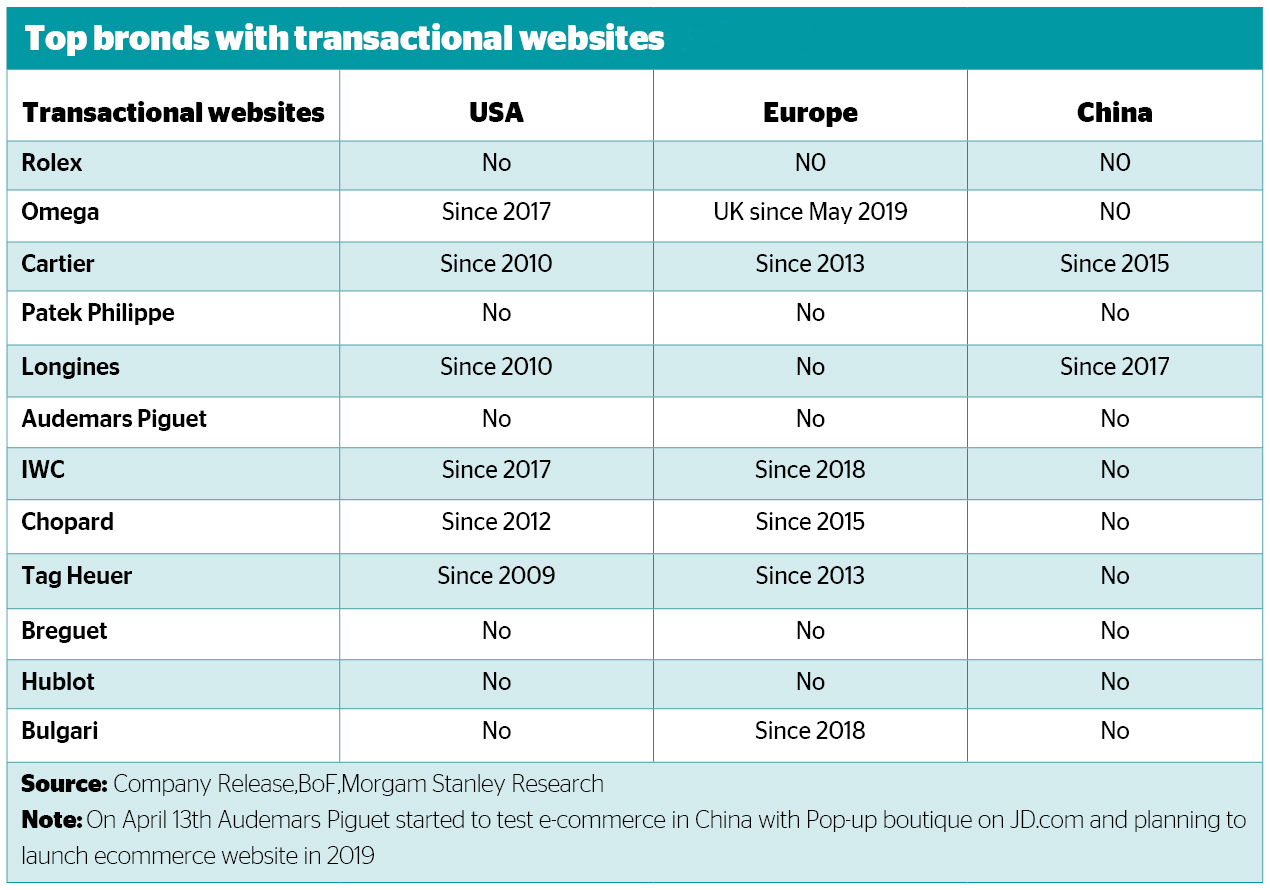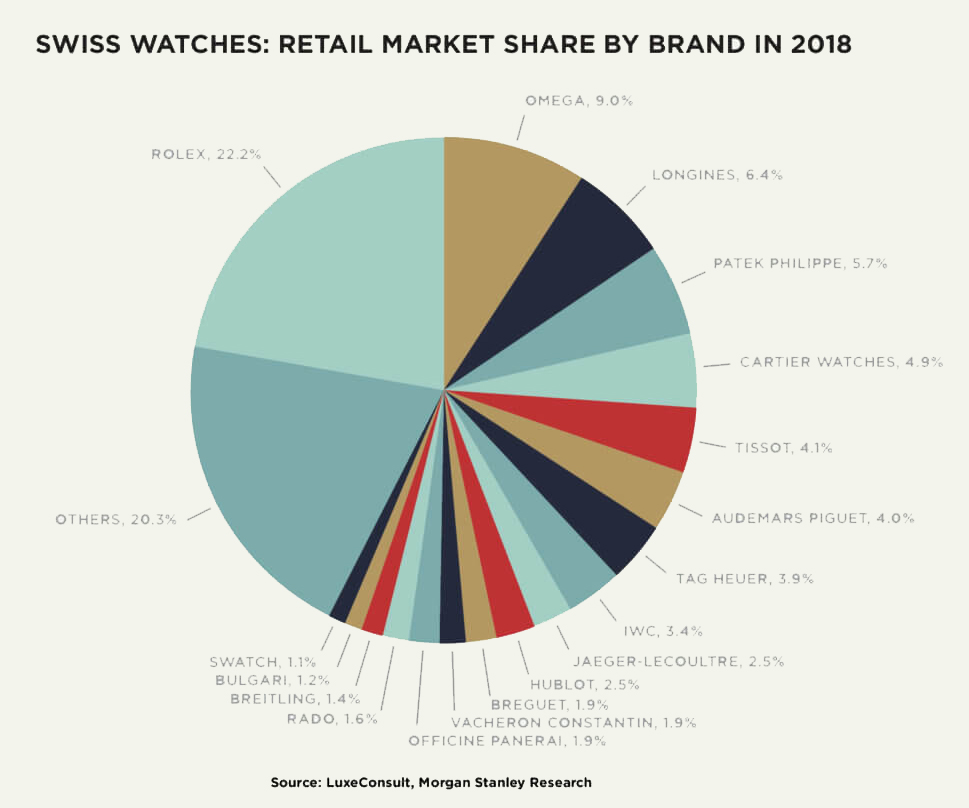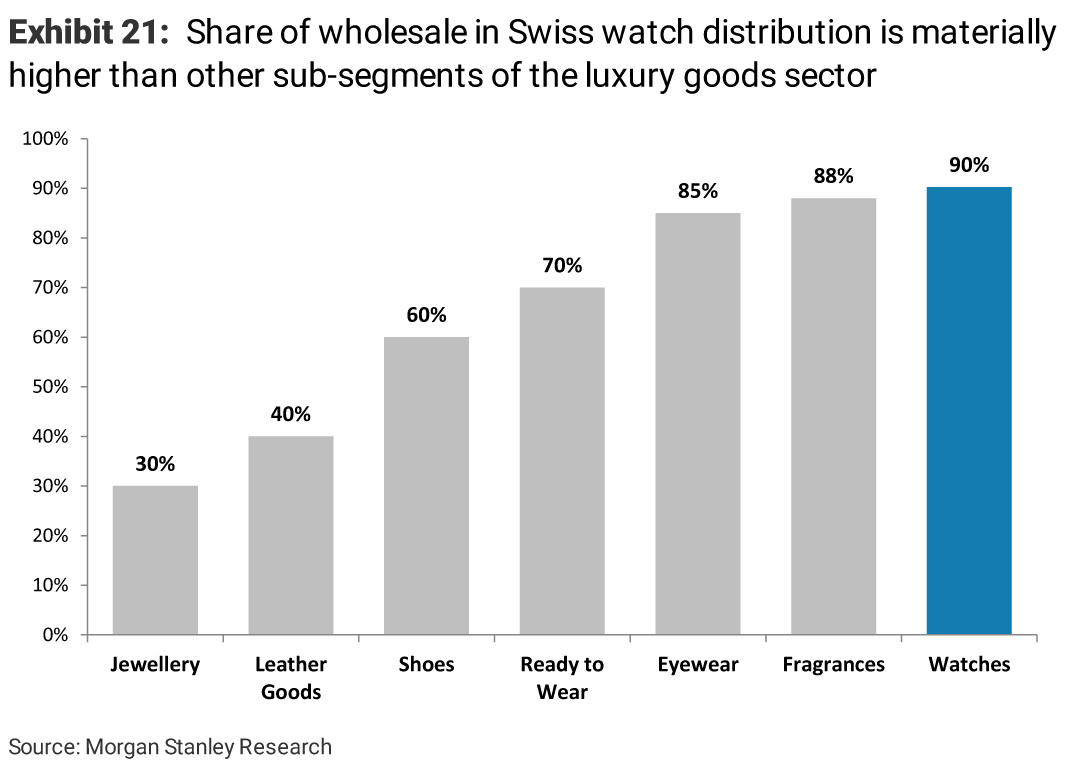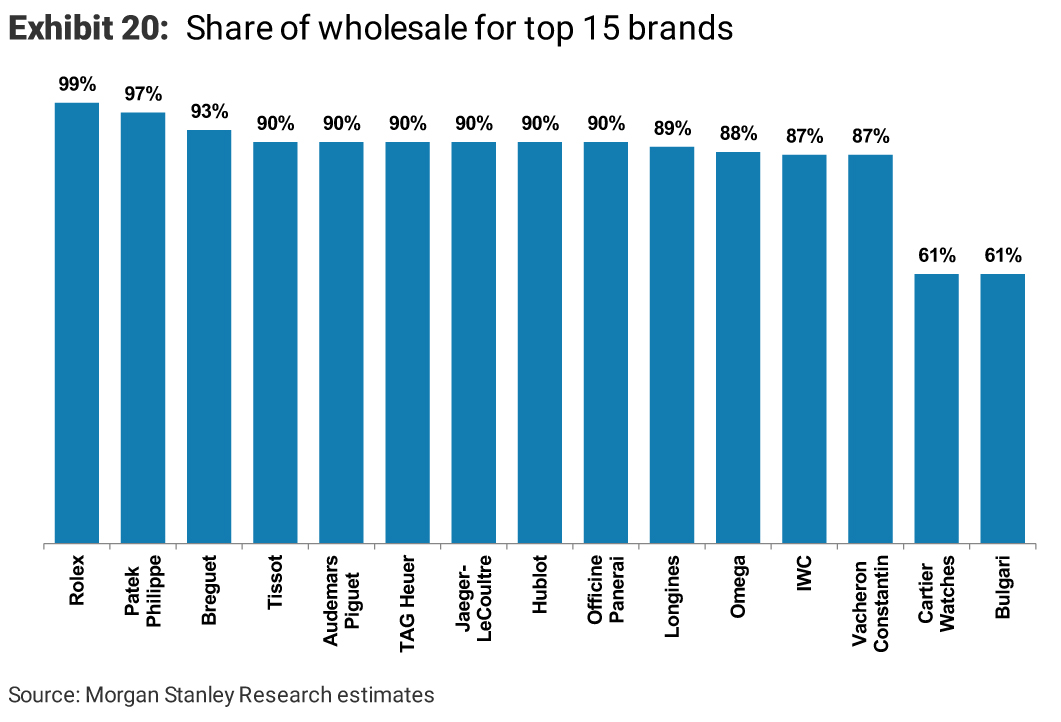The perceived wisdom that watch brands can serve customers better than families who have been running retail businesses for generations is wrong. Retail is in the blood of these families. They don’t learn it from management consultants, they learn it at the dining table from the moment they can understand the conversations of their parents. They learn from their friends, they learn from their hairdressers, they learn from other retailers. The lessons are not the same in China and Liverpool, so the Chinese retailers will be brilliant in China and the Liverpool retailers will be brilliant in Liverpool. Hierarchical groups cannot replicate this. They learn from spreadsheets, they are driven by algorithms that might tell them about global averages, but that is not what counts when selling luxury items like watches. WatchPro wants everybody to profit from the sale of watches, which is why as editor I will tirelessly campaign for retailers to be listened to. They do not need market distorting support, they just need to be heard, trusted and given the opportunity to compete on a level playing field against other excellent retailers.
Despite all the talk of luxury Swiss watch brands increasing their direct to consumer transactions, the industry remains dominated by wholesale through a global network of retailers. Of the 12 largest watch brands, half do not have their own transactional websites in the United States, including the world largest privately owned businesses, Rolex, Patek Philippe and Audemars Piguet. Only five brands do their own ecommerce in Europe and only two are transactional in China.
Chatter among retailers and brand executives for the past decade has been about how far and fast watchmakers will move towards selling directly to consumers through their own brick and mortar boutiques or online through ecommerce. After many years reporting these conversations and initiatives there is little doubt that the direction of travel continues to be for more direct selling from the bottom to the top of the market, but the pace of change has been slower than many predicted, and some brands are having second thoughts about the wisdom of developing retail skills that their brick and mortar partners have taken generations to develop.
A research report published by investment bank Morgan Stanley in March this year predicts that the move to direct to consumer (DTC) will be a game changer and highly beneficial to the main watch brands in the long term. However, the report notes, it will likely be significantly disruptive for brands owned by Swatch Group, Richemont and LVMH because they currently rely on a very large network of third party retailers.
Morgan Stanley calculates that profit margins will be dramatically improved with DTC sales, particularly through directly owned ecommerce sites. However, it concedes that only 4% of sales values came through ecommerce in 2018. Directly owned boutiques add another 6% to DTC sales for the Swiss luxury watch industry as a whole, which leaves 90% of transactions for the thousands of retail partners around the world.
There is a question mark over who will be best at ecommerce. Will it be the brands themselves? Maybe the largest retail partners such as Signet, Bucherer, Beaverbrooks, Fraser Hart or Watches of Switzerland will come out on top. Or could ecommerce giants like Amazon, Farfetch or Net-A-Porter take the lead.
This is a question with a constantly changing answer, which is why no particularly dominant business model has won out over all others. It also explains why the most established retailers in the UK, the vast majority of them traditional multibrand jewellers, still account for the overwhelming majority of watch sales.
WatchPro has featured big interviews from many of these jewellers, and it is rare for them to say they are losing sales to direct to consumer sales by the brands. They often seem fearful about the potential threat if brands choose to sell more direct, but always show remarkable entrepreneurial skill to find a way to thrive in a rapidly changing retail landscape.
Huge groups like LVMH, Swatch Group and Richemont are inevitably worse at adapting quickly. Even the best strategic decisions take years to implement. Often something is trialed in one part of the world for many months or even years, it might work first time, it might need nudging in a different direction or it might be a total dud.
I was reminded of this when I chatted to François-Henry Bennahmias, Audemars Piguet’s chief executive, about progress with developing a certified pre-owned watch strategy that would mean AP watches could be bought and sold many times over within an authorised ecosystem. The idea was first spoken about publicly in 2017. When we discussed it again in January this year, it was still a troublesome pilot project running only in Japan. In the same two years, Watchfinder grew its sales of pre-owned watches from £60 million to £120 million before being bought by Richemont.
Almost nothing has been heard from the company since because for Richemont it is yet another learning exercise that, almost a year after the acquisition, shows little sign of blossoming into something new or even maintaining the momentum Watchfinder had before it was sold.
Watchbox in Philadelphia, the American equivalent to Watchfinder, does not share figures, but is probably trading at around the $100 million mark from a standing start a few years’ ago.
Omega, Breitling and TAG Heuer know that having branded boutiques increases sales on a simple return per square foot basis, but they are discovering just how expensive, difficult and slow it can be to build a network of their own stores and then to maintain a motivated workforce spread from San Francisco to Singapore. This is leading them straight back to working with the retail partners they thought they would replace. The franchise model is not simple, but it does shift much of the complexity and cost to retailers who know their local area and have customers ready to spend.
It is remarkable that some of these brands appear not to have noticed the most successful watch company in the world, Rolex, has never competed with its global network of authorised dealers. Rolex is a super-fan of family-owned, trusted retailers that have lived and worked within the same communities for decades. Some of these family businesses get very big — Bucherer and Wempe being the best examples — but the vast majority run one or two stores. They are happy to dance to the Rolex tune because it keeps making them more and more money. Patek Philippe, which could sell each of the 70,000 watches it makes each year several times over, is the same.
Brands often say that they are developing their own brick and mortar stores and ecommerce sites because this is what customers want, particularly younger customers. Broadly speaking, this is true, millennials want to shop in branded environments or from the comfort of their sofas. But that does not mean the brands should be doing it themselves. Millennials and customers of all other ages, genders and nationalities will shop wherever they get the best experience and it would be overturning decades of evidence if the industry concluded that brands will be better at providing a better experience than retailers.
To give themselves a chance to win, brands are gaming the system in a number of ways. The most common is by making highly desirable limited editions that can only be bought in their own boutiques, a trend that has gone haywire in recent years. The other is to squirrel away losses from running stores in the most expensive shopping centres and streets in the world into other parts of a P&L like their marketing budget. This creates an uneven playing field when multibrand retail partners in the same part of town are having to spend their own money on marketing to compete.
The thinking is incredible. Brand X opens a store on Bond Street in London but the rents, rates and staff costs are so high that the store continuously loses money. Step one is to attract more customers by producing boutique-only limited editions. Not only do multibrands lose out on sales of these watches, they suffer the discomfort of telling their longstanding and loyal customers that they cannot get the watches that they so desire. This hurts the retailer’s reputation and creates a stink about the brand, a classic lose-lose.
Having damaged the brand image, its relationship with its retail partners and potentially annoyed consumers, the store is still not making money. Rather than come to their senses, the brands double down and simply start writing off the losses as marketing costs. The mind boggles.
The way customers want to shop, the way shopping malls and high streets are evolving, the power of the internet and social media, the uncertainty of what the next big disruptor will be. These are all enormous challenges that everybody faces from Nick Hayek and Bernard Arnault down to a husband and wife team selling Citizen and Seiko watches on a provincial high street.
The changes, challenges and opportunities will not stop coming, but I for one am certain that the best people to adapt quickly and profit from the disruption are the highly experienced retail leaders that have been winning for decades.






Brilliant and spot on analysis, as always.
What a great article! Global mindset, well explanation of the relationships between brands and retailers,
Very helpful! Thank you.